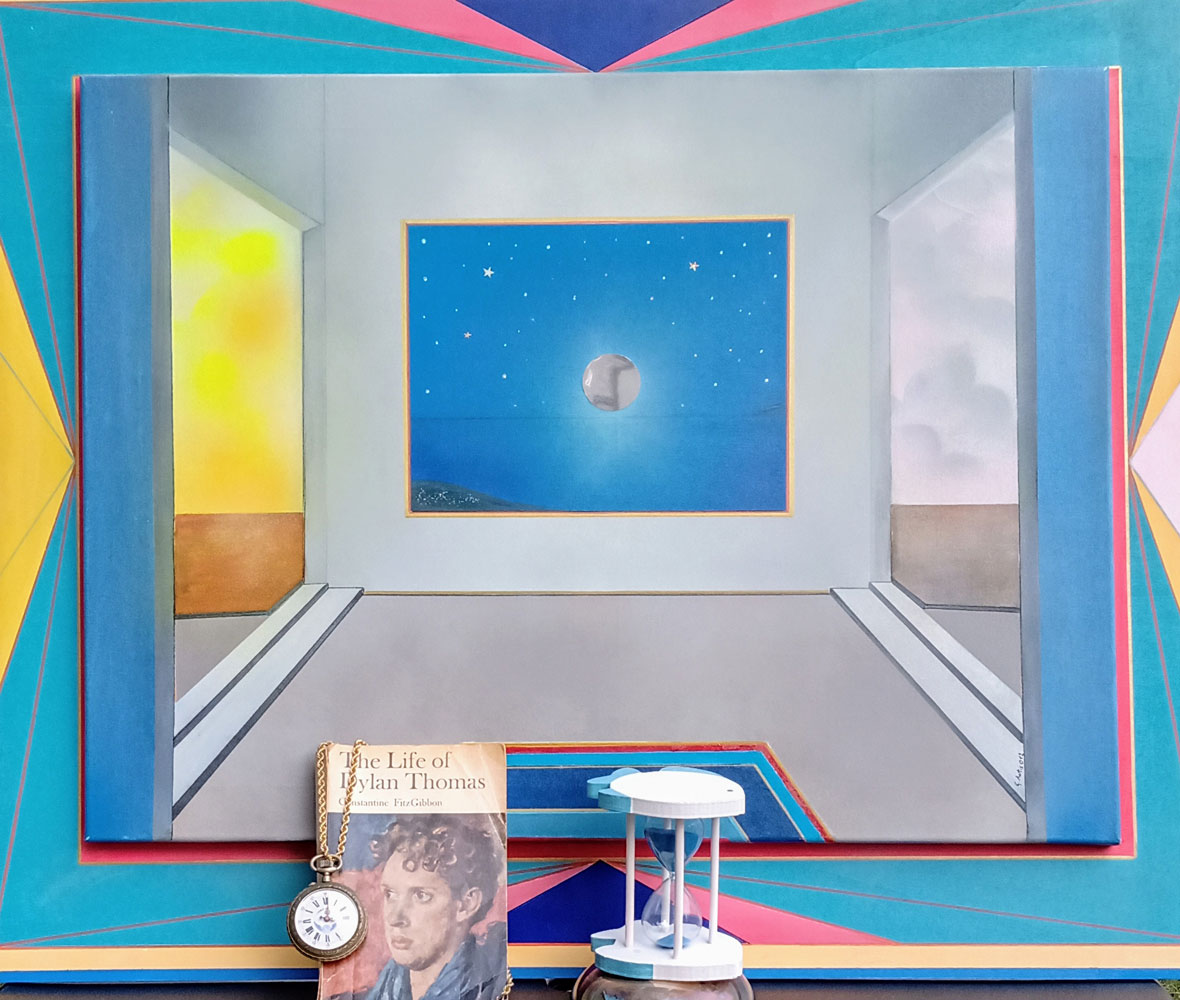
INTERVIEW
PTJ: When did you first start writing poems?
LC: My first encounter with poetry was back in the early ’70s, when I went to London for an English summer course for foreign students. One of the teachers suggested a small poetry competition: we had to extemporize some poetic verses, and my poem “Rhythm of Life” was ranked among the best. Later, as a teacher myself, I taught creative writing courses. In my workshops I led my students to transform their emotions into short poems and – with the help of an art teacher – even into images.
PTJ: Who inspired your early work?
LC: My first poems were inspired by nature in all its aspects, wild and beautiful, but also by urban views, the same images, the same perspectives that had attracted the attention of Allen Ginsberg. His poem, Supermarket in California has appealed to me since the very first time I read it.
I have always written after experiencing a real emotion, according to William Wordsworth’s definition “Poetry is emotion recollected in tranquility.”
PTJ: Also you are an artist. Is there a link between both your poetry and your art?
LC: Poetry and visual art, in my case, proceed on parallel tracks. Today I mainly try to put into practice the principle enunciated by Aeronwy Thomas: “Artists and poets can experience moments of cross-fertilization,” and I often look for inspiration at images of fine art photos or of paintings created by other artists or vice-versa. Sometimes the words of poets lead me to put on canvas the emotions they have called forth in me.
PTJ: Can you tell us about the founding of Immagine & Poesia, your wonderful poetry and art organization, and your aims for it ?
LC: Immagine & Poesia is a dream come true. It all started from a meeting with British poet Aeronwy Thomas during her visit to our school in Turin in 2006. She discussed “cross fertilization” between poets and artists, and this was the first step to the enthusiastic project of founding an artistic-literary Movement. Within one year, we had a “Manifesto” and the official presentation of Immagine & Poesia at Teatro Alfa of Torino.
Then a substantial encouragement to continue on this path came from the members of what I consider ‘’my American family” the artists of New York: Adel Gorgy and Marsha Solomon, Mary Gorgy, writer and journalist, and my American publisher Stanley H . Barkan. Recently artist and poet Caroline Mary Kleefeld from Big Sur, California, and Johnmichael Simon and Helen Bar-Lev, publishers of Cyclamens and Swords in Israel, have given their valuable support to the Movement.
And here let me thank you, Peter for being the representative and incomparable supporter of Immagine & Poesia in the United Kingdom.
Today, through the web, Immagine & Poesia has spread around the world and is known and loved by hundreds of artists and poets.
Mary Gorgy, official art critic of the movement, has summed up our aims: “This group of poets and artists believe that the power of the written word and the power of a visual image, when joined, create a new work which is not only greater than the parts, but altered, enhanced, changed and magnified by the union.”
We, the artists and poets of Immagine & Poesia, are convinced that Art and Poetry can bring together people of different cultures, nationalities, and religions and lead them to cooperate with reciprocal esteem and respect.
And we hope, in the near future, to achieve a movement that more and more leads people to be mutually appreciative and tolerant through the channels of the written word and visual images.
PTJ: You collaborated with several artists in your test book the I & P . Did you enjoy the experience ?
LC: My début book Immagine & Poesia – The Movement in Progress can be defined as a compendium of, as the Movement suggests, poems inspired by artworks and images by painters or photographers who have drawn their inspiration from my words. It has been a completely satisfying experience that demonstrates how valid and well-founded are the principles stated in our Manifesto.
PTJ: Your husband is an artist and your son is a photographer . What is it like being longer available to creative family and you comment on each other ‘s work ?
LC: We are a creative family and it is wonderful to share the love of poetry and art.
For several years the three of us have collaborated with the association ” The Friends of Guido Gozzano ” of Agliè (Torino) and each of us has brought a contribution – a painting, a fine art photo and a poem – on the occasion of the annual Prize “Il Meleto di Guido Gozzano.”
We carry out our work independently, but at the end we usually realize that we have worked on the same wavelength…
PTJ: What are your future plans for your poetry? Another book?
LC: Immagine & Poesia – The Movement in Progress has received very positive feedback, and since its release it has been selling on Amazon, on the Internet. I am pleased that it has also been acquired for public libraries here, in Torino.
The American poet, Lawrence Ferlinghetti, whom I had the honor of meeting in San Francisco last summer, had words of appreciation for my book and for the project we are pursuing.
Many artists and poets have written to me to let me know they are interested in participating with their works in the event of future publications. And, in the meantime, our activity of publishing collaborations between artists and poets continues on the web…








